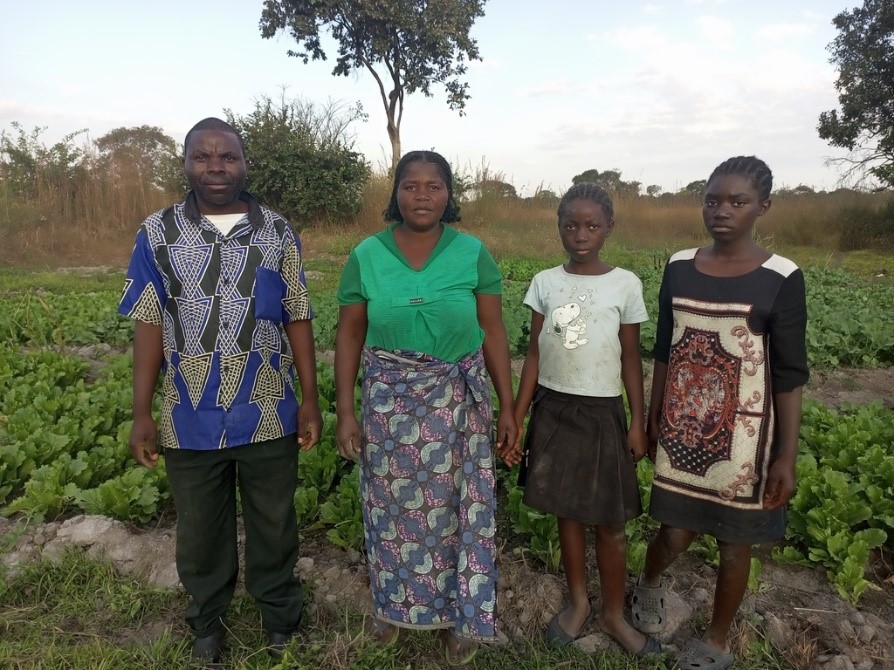
Conservation Ag Outperforms Slash-and-Burn
Mr. Mumba is producing more vegetables in his farm garden with conservation agriculture techniques than he was ever able to with traditional slash-and-burn practices. And he says his produce is healthier, larger and tastier, too.
For 12,000 years, humans have added nutrients to soil through ashes derived from burned fields in order to grow food and control dense vegetation and pests. If the land is allowed to recover from the burning and the crops, slash-and-burn can be a sustainable process. However, 21st century farmers are usually unable to move to other fields during recovery years, so results worsen. Burning’s negative effects include deforestation, soil erosion, nutrient and biodiversity loss (of both flora and fauna), and air pollution.
It was a big step for Mr. Mumba to abandon traditional ways, but he wanted to learn new techniques because his yields were low and his family depends 100% on farming for their livelihood. Among the new methods were mulching to retain soil moisture and increase fertility, crop rotation and diversification, and making and applying organic fertilizer and pesticides. He also learned how to keep records and market his produce.
Since he implemented these new practices, Mr. Mumba says, “I am starting to see good harvests.” He’s finding that his entrepreneurship training is helping him sell effectively and bring in a decent living. Enough so that he can send his girls to school in a rural area where many families can’t because they simply lack the funds for uniforms and school supplies.
Mr. Mumba has even shown off his produce at an annual local agricultural show, and delights in sharing his new skills with his neighbors.
Zambia Copperbelt Program
Led by Nazarene Compassionate Ministries
